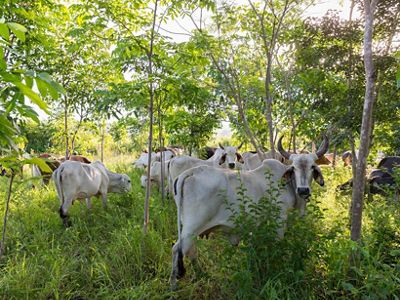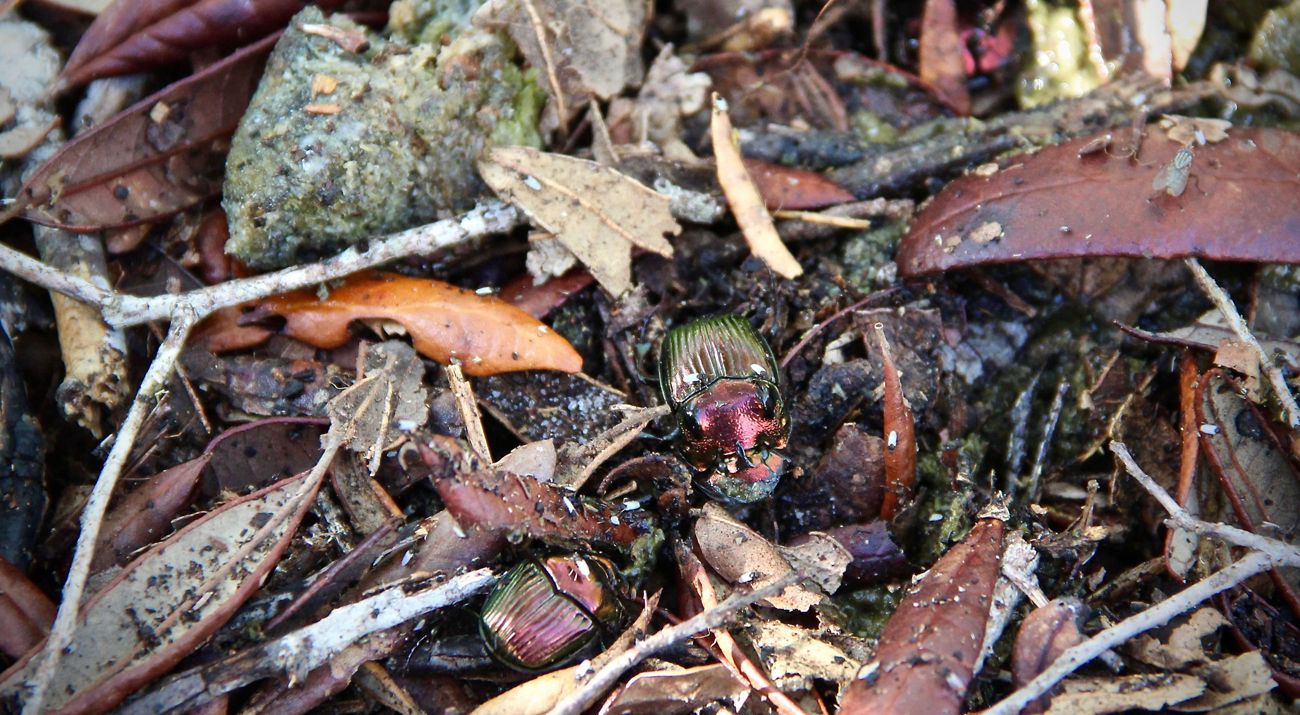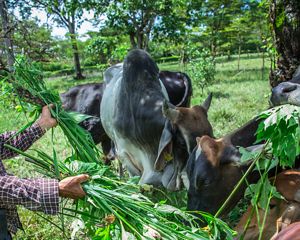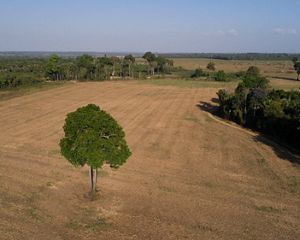Like to Eat? Then You Need to Care About Biodiversity...and the Dung Beetle

Our little friend the dung beetle could be the poster child for the vital link between biodiversity and agriculture, and particularly the accelerating collapse of a finely-honed system — with millions of parts — that has taken eons to become what it is today.
But there’s another angle to the immense and critical challenge of turning the tide against biodiversity loss. Agriculture can, and must, be the leading edge of a solution.
Latin America, home to six of the planet’s 10 most biodiverse countries, is at the crux of this issue given its position both as a biodiversity hot spot and as home to more than a quarter of the world’s medium to high potential farmland. Accordingly, the region bears a heavy responsibility to lead the way in demonstrating that agricultural productivity actually prospers when managed hand-in-hand with preserving the delicate ecological balance critical to our planet’s future.
The good news is that experience shows this can be accomplished and that there is potential for doing it on a wide scale. Using a Healthy Agricultural Systems (HAS) approach that focuses on increasing productivity while preserving the assets – the water and soil and rich biodiversity that make productivity possible – The Nature Conservancy and our partners are scaling up and replicating projects that clearly demonstrate how changes in farming practices have a major impact on biodiversity. We’re not just arresting its decline but restoring species populations, even in and around productive agricultural areas.
In Colombia, for example, the results over only a six-year period have been astonishing. Bird species numbers increased from 140 to 193 and the number of terrestrial mollusks, ants, butterflies, and other animals went up, as well. Herbicide use was nearly cut in half, while milk production increased by a fifth and meat output rose 80 per cent. Colombian authorities are now talking about decreasing the amount of area used for cattle ranching by more than 20 percent while simultaneously increasing farm productivity.
What we’ve seen is a farm-led assault on biodiversity loss, restoring and invigorating species from the soil on up to flora and fauna and even reestablishing habitat corridors right through the middle of agricultural areas. And we’ve noted similar results in other parts of Latin America, particularly Chiapas state in Mexico, one of the world’s biodiversity hotspots.
One of the reasons the potential for achieving mass scale with these techniques is so compelling is that the farmers who deploy them are achieving relatively quick returns on their investments, demonstrating a solid business case that starts with the producer’s well-being and ricochets up the value chain.
With a Healthy Agricultural Systems approach, farming and ranching can be converted from a global environmental problem into the leading edge of an effort to avert looming biological disaster – and farmers themselves can become more productive and profitable. In other words, we don’t have to stop growing food. We simply need to grow it better and in a way that turns the tide away from species loss and toward the restoration and preservation of Earth’s delicate ecological balance. Producing and conserving is a win-win solution – indeed, it’s the only solution we have.
Originally Posted on Chicago Council on Global Affairs on May 23, 2018.


